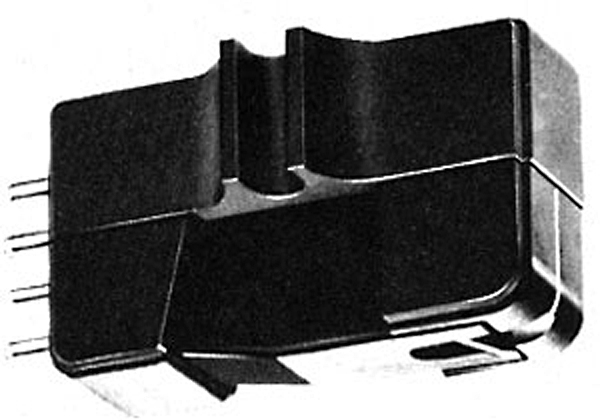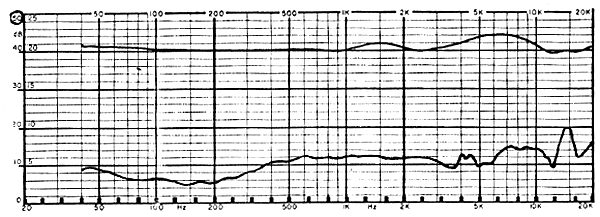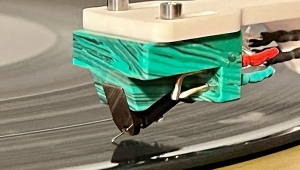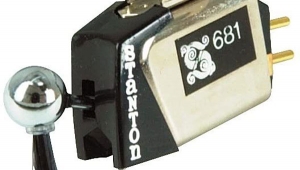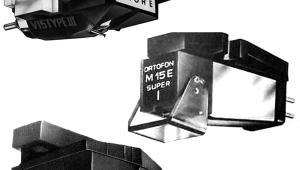| Columns Retired Columns & Blogs |
Back at the beginning of the 1980s, this Fidelity Research and the Supex 900 were the moving-coil cartridges to have. But after a dalliance with the Entre 1 MC (designed by Matsudaira-san, now of My Sonic Lab), I lost my heart to the Dynavector Karat 17D Diamond, which I used mounted in an SME 3009 Mk.III tonearm on a Linn Sondek LP12.
John Atkinson
Technical Editor, Stereophile
